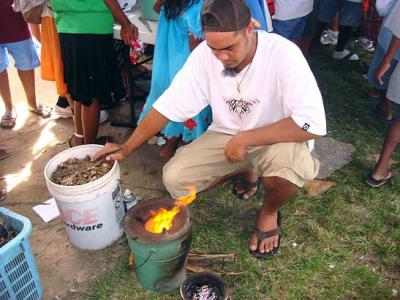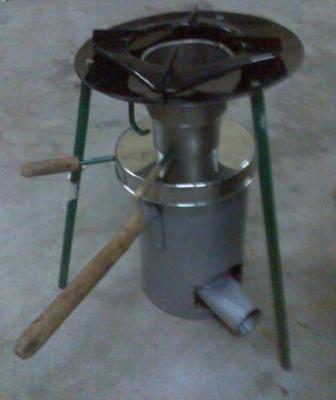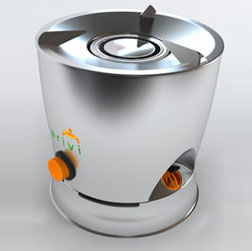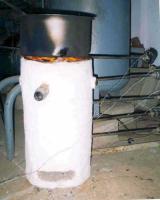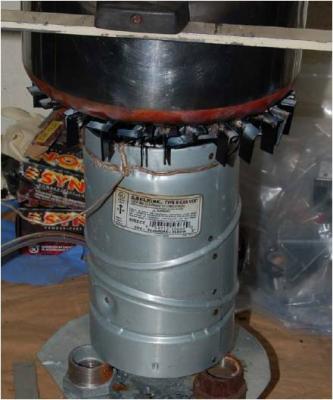Example Measurements of the Moisture Content of Biomass Charlie Selllers, March 27, 2009 Perfectly dry biomass would be a boon for stove testing (and for use by cooks around the world) but it is rarely available – therefore we should at least know what our moisture content is so that we can estimate how much of our energy we are using up boiling it, instead of having it available to work with. After seeing Tom Miles’ post on the standard procedure for microwave drying of wood (I thought that I developed this in my kitchen a few years ago!): http://gasifiers.bioenergylists.org/milesmccontent Here I dig up some of my own data – I need to know moisture content for preliminary cooking stove Water Boiling Tests (WBT), and it is also one of the major variables when operating biomass gasifiers. Understanding water re-uptake by biomass is important as well – whether it is due to changes in the weather, it occurs after we open a new bag of wood pellets to be used for baseline testing, we needed to move our supply from one place to another, or because we have gone to all the trouble of using producer gas to dry fuel but don’t have time to burn/gasify it for a few days. See report attached.
Our site is dedicated to helping people develop better stoves for cooking with biomass fuels in developing regions.
For additional detail and information, join the Cooking Stoves Mailing List, browse the archives, read about current projects and ask other cooking stove builders, designers, and organizations disseminating improved stoves around the world.

